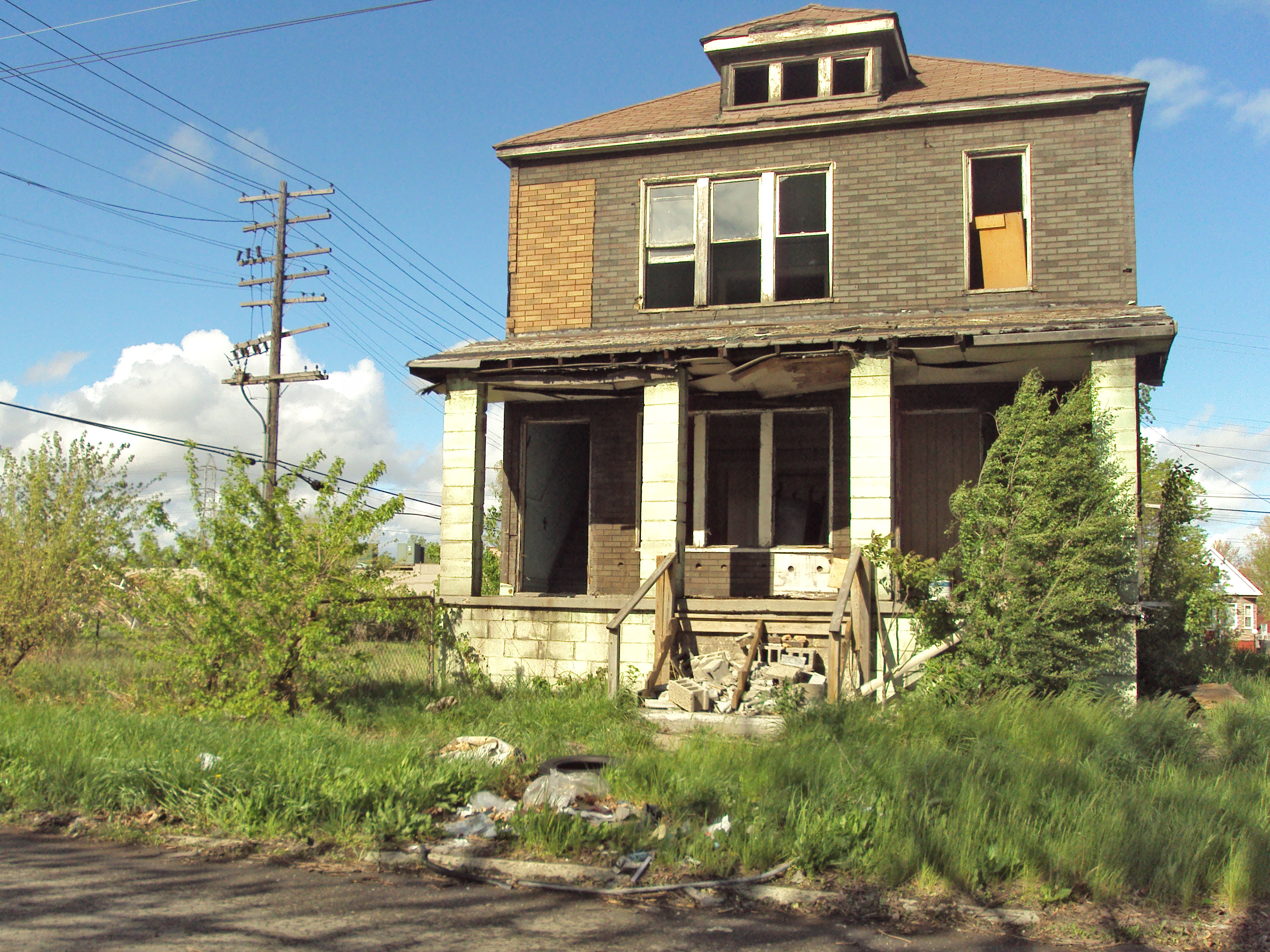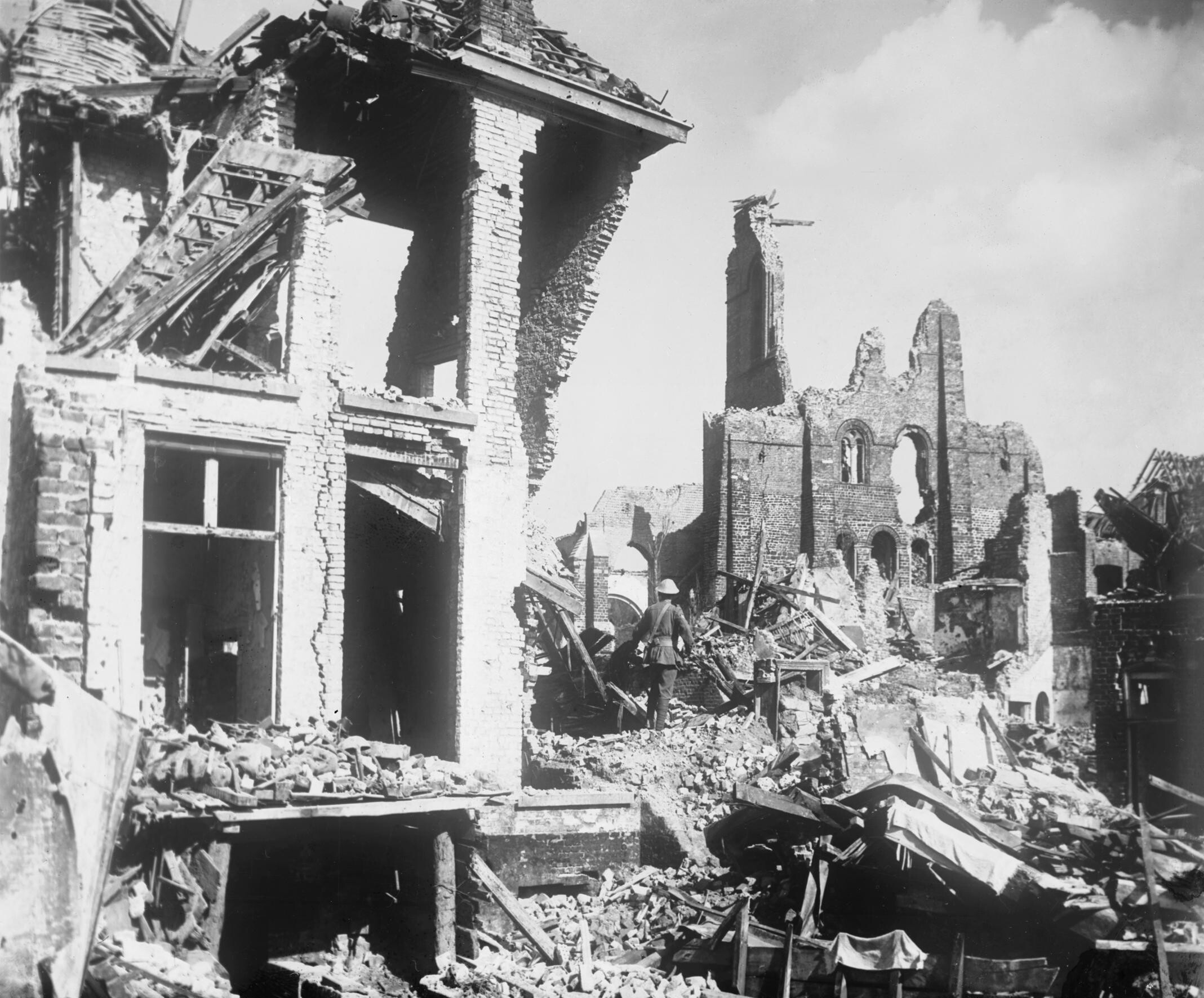|
Counterurbanization
Counterurbanization, Ruralization or deurbanization is a demographic and social process in which people move from urban areas to rural areas. It, as suburbanization, is inversely related to urbanization, and first occurs as a reaction to inner-city deprivation. Recent research has documented the social and political drivers of counterurbanization and its impacts in China and other developing countries which are undergoing a process of mass urbanization. Counterurbanization is one of the causes that can lead to shrinking cities. While counterurbanization manifests differently across the world, all forms revolve around the central idea of migration movement from a populated location to a less populated location. Clare J.A. Mitchell, an associate professor in the Department of Geography at the University of Waterloo, argues that in Europe, counterurbanization involves a type of migration leading to deconcentration of one area to another that is beyond suburbanization or metro decen ... [...More Info...] [...Related Items...] OR: [Wikipedia] [Google] [Baidu] |
Shrinking Cities
Shrinking cities or urban depopulation are dense cities that have experienced a notable population loss. Emigration is a common reason for city shrinkage. Since the infrastructure of such cities was built to support a larger population, its maintenance can become a serious concern. A related phenomenon is counterurbanization. Definition Origins The phenomenon of shrinking cities generally refers to a metropolitan area that experiences significant population loss in a short period of time. The process is also known as counterurbanization, metropolitan deconcentration, and metropolitan turnaround. It was popularized in reference to Eastern Europe post-socialism, when old industrial regions came under Western privatization and capitalism. Shrinking cities in the United States, on the other hand, have been forming since 2006 in dense urban centers while external suburban areas continue to grow. Suburbanization in tandem with deindustrialization, human migration, and the 2008 Grea ... [...More Info...] [...Related Items...] OR: [Wikipedia] [Google] [Baidu] |
Urban Decay
Urban decay (also known as urban rot, urban death or urban blight) is the sociological process by which a previously functioning city, or part of a city, falls into disrepair and decrepitude. There is no single process that leads to urban decay. Aspects and causes Urban decay can include the following aspects: * Industrialization * Deindustrialization * Population decline or Human overpopulation, overpopulation * Counterurbanization * Economic restructuring * Abandoned buildings or infrastructure * High local unemployment * Increased poverty * Fragmented families * Low overall Standard of living, living standards or quality of life * Political disenfranchisement * Crime (e.g., Gang, gang activity, corruption, and drug-related crime) * Large and/or less regulated populations of urban wildlife (e.g., abandoned pets, Feral, feral animals, and Semi-feral, semi-feral animals) * Elevated levels of pollution (e.g., air pollution, noise pollution, water pollution, and light pollution ... [...More Info...] [...Related Items...] OR: [Wikipedia] [Google] [Baidu] |
Demographic
Demography () is the statistics, statistical study of human populations: their size, composition (e.g., ethnic group, age), and how they change through the interplay of fertility (births), mortality (deaths), and migration. Demographic analysis examines and measures the dimensions and Population dynamics, dynamics of populations; it can cover whole societies or groups defined by criteria such as education, nationality, religion, and ethnicity. Educational institutions usually treat demography as a field of sociology, though there are a number of independent demography departments. These methods have primarily been developed to study human populations, but are extended to a variety of areas where researchers want to know how populations of Social actions, social actors can change across time through processes of birth, death, and Human migration, migration. In the context of human biological populations, demographic analysis uses Public records, administrative records to deve ... [...More Info...] [...Related Items...] OR: [Wikipedia] [Google] [Baidu] |
Seattle
Seattle ( ) is the most populous city in the U.S. state of Washington and in the Pacific Northwest region of North America. With a population of 780,995 in 2024, it is the 18th-most populous city in the United States. The city is the county seat of King County, the most populous county in Washington. The Seattle metropolitan area's population is 4.02 million, making it the 15th-most populous in the United States. Its growth rate of 21.1% between 2010 and 2020 made it one of the country's fastest-growing large cities. Seattle is situated on an isthmus between Puget Sound, an inlet of the Pacific Ocean, and Lake Washington. It is the northernmost major city in the United States, located about south of the Canadian border. A gateway for trade with East Asia, the Port of Seattle is the fourth-largest port in North America in terms of container handling . The Seattle area has been inhabited by Native Americans (such as the Duwamish, who had at least 17 villages a ... [...More Info...] [...Related Items...] OR: [Wikipedia] [Google] [Baidu] |
Human Migration
Human migration is the movement of people from one place to another, with intentions of settling, permanently or temporarily, at a new location (geographic region). The movement often occurs over long distances and from one country to another (external migration), but internal migration (within a single country) is the dominant form of human migration globally.World Migration Report' Migration is often associated with better human capital at both individual and household level, and with better access to migration networks, facilitating a possible second move. It has a high potential to improve human development, and some studies confirm that migration is the most direct route out of poverty. Age is also important for both work and non-work migration. People may migrate as individuals, in family units or in Mass migration, large groups. There are four major forms of migration: invasion, conquest, colonization and emigration/immigration. People moving from their home due to force ... [...More Info...] [...Related Items...] OR: [Wikipedia] [Google] [Baidu] |
White Flight
The white flight, also known as white exodus, is the sudden or gradual large-scale migration of white people from areas becoming more racially or ethnoculturally diverse. Starting in the 1950s and 1960s, the terms became popular in the Racism in the United States, United States. They referred to the large-scale migration of European American, people of European ancestry from racially mixed urban regions to more racially homogeneous suburban or exurban regions. The term has more recently been applied to other migrations by white American, whites from older, inner suburbs to rural areas, as well as from the American Northeastern United States, Northeast and Midwestern United States, Midwest to the milder climate in the Southeastern United States, Southeast and Southwestern United States, Southwest. The term 'white flight' has also been used for large-scale Decolonization, post-colonial emigration of White Africans of European ancestry, whites from Africa, or parts of that contine ... [...More Info...] [...Related Items...] OR: [Wikipedia] [Google] [Baidu] |
Urbicide
Urbicide is a term which describes the deliberate wrecking or "killing" of a city, by direct or indirect means. It literally translates as "city-killing" (Latin ''urbs'' "city" + Latin ''occido'' "to kill"). The term was initially used by urban planners and architects to describe 20th century practices of Urban renewal, urban restructuring in the United States. Writers like Ada Louise Huxtable and Marshall Berman highlighted the impacts of aggressive redevelopment on the urban social experience. Especially after the siege of Sarajevo, the term has increasingly been used to describe violence specifically directed to the destruction of an urban area. At the conclusion of the Yugoslav Wars, urbicide began to emerge as a distinct legal concept in international law. The exact constraints and definition of this term continues to be debated, and because the study of urbicide intersects with a number of disciplines including international politics, anthropology, and sociology, it has been ... [...More Info...] [...Related Items...] OR: [Wikipedia] [Google] [Baidu] |
Rural Flight
Rural flight (also known as rural-to-urban migration, rural depopulation, or rural exodus) is the Human migration, migratory pattern of people from rural areas into urban areas. It is urbanization seen from the rural perspective. In Industrialisation, industrializing economies like Industrial Revolution in the United Kingdom, Britain in the eighteenth century or Four Asian Tigers, East Asia in the twentieth century, it can occur following the Factory farming, industrialization of Primary sector of the economy, primary industries such as Industrial agriculture, agriculture, Mining industry, mining, Industrial fisheries, fishing, and Forestry industry, forestry—when fewer people are needed to bring the same amount of output to market—and related Secondary sector of the economy, secondary industries (refining and processing) are consolidated. Rural exodus can also follow an ecological or human-caused catastrophe such as a famine or resource depletion. These are examples of pus ... [...More Info...] [...Related Items...] OR: [Wikipedia] [Google] [Baidu] |
Exurb
An exurb (or alternately: exurban area) is an area outside the typically denser inner suburbs, suburban area, at the edge of a metropolitan area, which has some economic and commuting connection to the metro area, low housing-density, and relatively high population-growth. It shapes an interface between urban area, urban and rural area, rural landscapes, holding a limited urban nature for its functional, economic, and social interaction with the city centre, urban center, due to its dominant residential character. Exurbs consist of "agglomerations of housing and jobs outside the municipal boundaries of a primary city" and beyond the surrounding suburbs. Definitions The word ''exurb'' (a portmanteau of ''extra (outside)'' and ''urban'') was coined by Auguste Comte Spectorsky, in his 1955 book ''The Exurbanites'', to describe the ring of prosperous communities beyond the suburbs, that are commuter towns for an urban area. In other uses the term has expanded to include popular ext ... [...More Info...] [...Related Items...] OR: [Wikipedia] [Google] [Baidu] |
Far-left Politics
Far-left politics, also known as extreme left politics or left-wing extremism, are politics further to the left on the left–right political spectrum than the standard political left. The term does not have a single, coherent definition; some scholars consider it to be the left of communist parties, while others broaden it to include the left of social democracy. In certain instances—especially in the news media—''far left'' has been associated with some forms of authoritarianism, anarchism, communism, and Marxism, or are characterized as groups that advocate for revolutionary socialism and related communist ideologies, or anti-capitalism and anti-globalization. Far-left terrorism consists of extremist, militant, or insurgent groups that attempt to realize their ideals through political violence rather than using democratic processes. Ideologies Far-left politics are the leftmost ideologies on the left of the left–right political spectrum. They are a hete ... [...More Info...] [...Related Items...] OR: [Wikipedia] [Google] [Baidu] |
Down To The Countryside Movement
The Up to the Mountains and Down to the Countryside Movement, often known simply as the Down to the Countryside Movement, was a policy instituted in the China, People's Republic of China between the mid-1950s and 1978. As a result of what he perceived to be pro-Bourgeoisie, bourgeois thinking prevalent during the Cultural Revolution, Chairman of the Communist Party of China, Chairman Mao Zedong declared certain Privilege (social inequality), privileged urban youth would be sent to mountainous areas or farming villages to learn from the workers and farmers there. In total, approximately 17 million youth were sent to rural areas as a result of the movement. Usually only the oldest child had to go, but younger siblings could volunteer to go instead. Chairman Mao's policy differed from President of the People's Republic of China, Chinese president Liu Shaoqi's early 1960s sending-down policy in its political context. President Liu Shaoqi instituted the first sending-down policy to ... [...More Info...] [...Related Items...] OR: [Wikipedia] [Google] [Baidu] |









